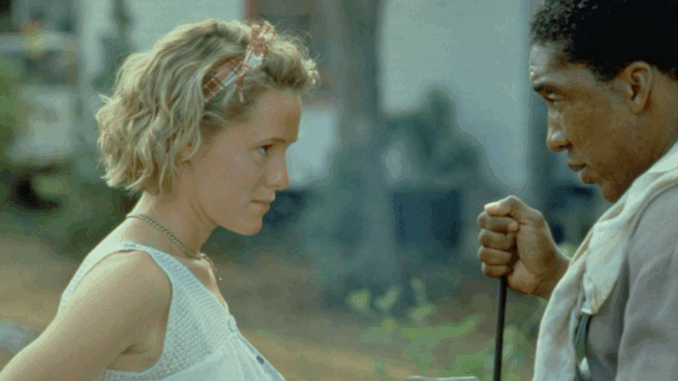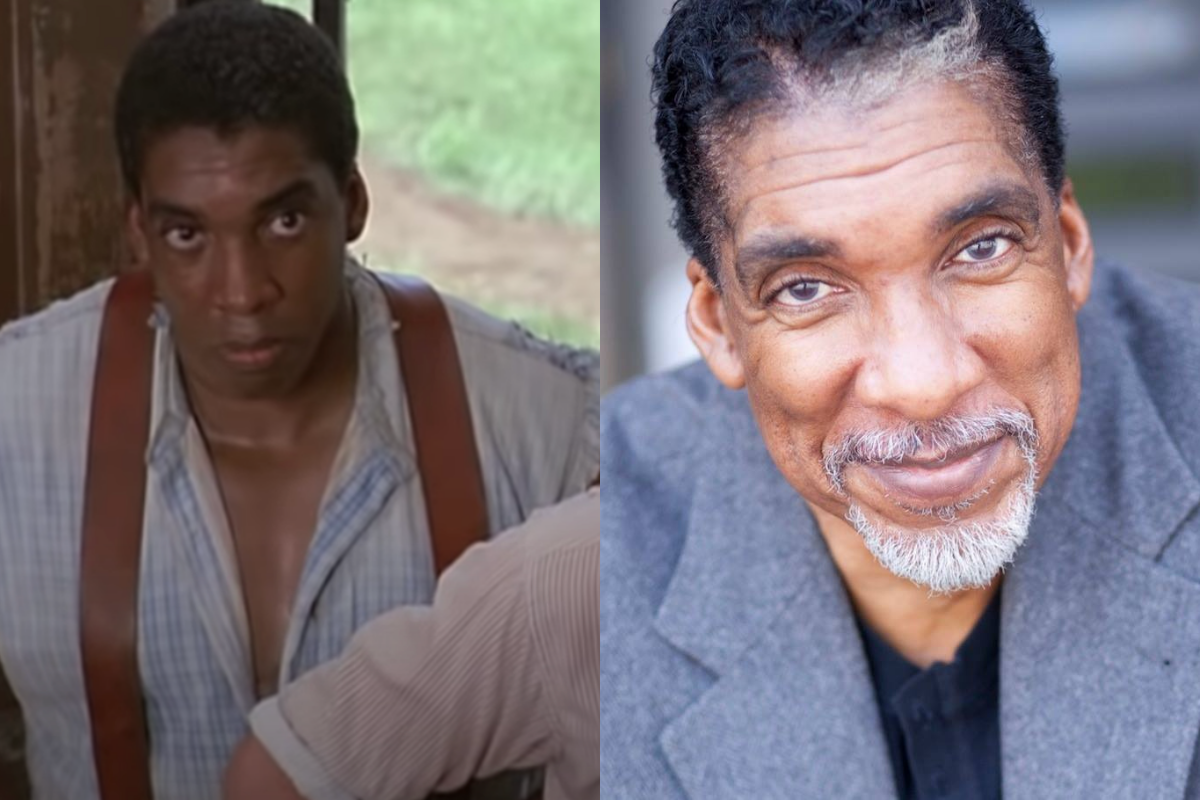
A Story Told in Layers
Fried Green Tomatoes is often remembered for its tale of friendship, resilience, and identity. But beneath its central narrative of female empowerment lies a quieter, more painful layer—one that speaks to the historical and social position of African Americans in the early 20th-century American South. While the film centers on white characters like Idgie Threadgoode and Ruth Jamison, it is incomplete without acknowledging the Black characters—especially Sipsey and Big George—who are integral to the story’s emotional and moral core.
Sipsey: A Caregiver with Unspoken Power
Played by the legendary Cicely Tyson, Sipsey is more than just a cook in the Threadgoode household—she is a pillar of quiet wisdom and fierce maternal energy. Her character embodies the often-unacknowledged role of Black women in Southern families of that era: caretakers, protectors, and moral compasses in the background.
Sipsey’s most defining act—killing Frank Bennett to protect Ruth and the baby—is an astonishing moment of courage. Yet, she never claims credit or seeks validation. Her actions reflect a long history of Black women protecting families that weren’t legally or socially their own, while receiving neither recognition nor justice in return.
Cicely Tyson’s portrayal is steeped in grace and silent intensity, delivering one of the film’s most emotionally resonant performances despite having limited dialogue.
Big George: Labor, Loyalty, and Legacy
Big George, Sipsey’s son, is portrayed with a stoic dignity that challenges stereotypes of Black men in cinema. Employed at the Whistle Stop Café as a cook, his presence is essential—both to the restaurant’s success and to the sense of community the café represents.
He is also a father and a protector. When Frank Bennett disappears, it is Big George who is initially suspected, a subtle yet clear reminder of how quickly suspicion fell on Black men, regardless of evidence or truth. This plot point underscores the racial injustice deeply embedded in the legal and social systems of the time.
Despite these dangers, Big George remains loyal to Idgie and Ruth, not out of servitude, but out of genuine trust and kinship—something that transcends the racial divisions of their world.

Racial Dynamics in a Segregated South
The film never shies away from presenting the South as a deeply divided region during a time of segregation and racial inequality. From scenes showing the Ku Klux Klan to the fear Sipsey expresses when the sheriff visits, Fried Green Tomatoes acknowledges the dangers Black characters faced every day.
However, the movie’s approach is subtle. Rather than overtly preaching, it quietly weaves the Black experience into its central narrative, allowing viewers to see the contrast between overt Southern charm and the harsh realities many endured behind it.
Symbolism and Unspoken Bonds
The friendship between the Black and white characters is depicted with deep emotional nuance. Sipsey and Idgie’s relationship, for instance, isn’t one of employer and servant, but something more akin to family—though the boundaries of race and class never entirely vanish.
The shared labor at the Whistle Stop Café becomes symbolic: a space where race, gender, and status blend into something communal. Food, especially fried green tomatoes, becomes a tool for healing and bonding—a way to nourish across cultural divides.
The Absence of Voice, The Presence of Influence
One critique often directed at the film is the limited screen time and dialogue given to its Black characters. Yet, their impact is unmistakable. Sipsey and Big George influence key events, moral outcomes, and emotional turning points. Their quiet strength holds the story’s ethical backbone.
Their relative silence is not a narrative flaw, but a reflection of historical reality—where Black voices were often silenced, yet their labor, wisdom, and sacrifice were foundational to the lives of others.
Legacy and Reflection
Looking back, Fried Green Tomatoes serves as more than a feel-good tale about friendship and aging. It’s a window into a world where love and loyalty existed alongside injustice and inequality. Sipsey and Big George are the emotional anchors of the story, embodying a silent resilience that speaks volumes.
The film reminds us that history isn’t just written in big speeches or central characters. Sometimes, it lives in the quiet acts of love, protection, and survival by those history tried to forget.
